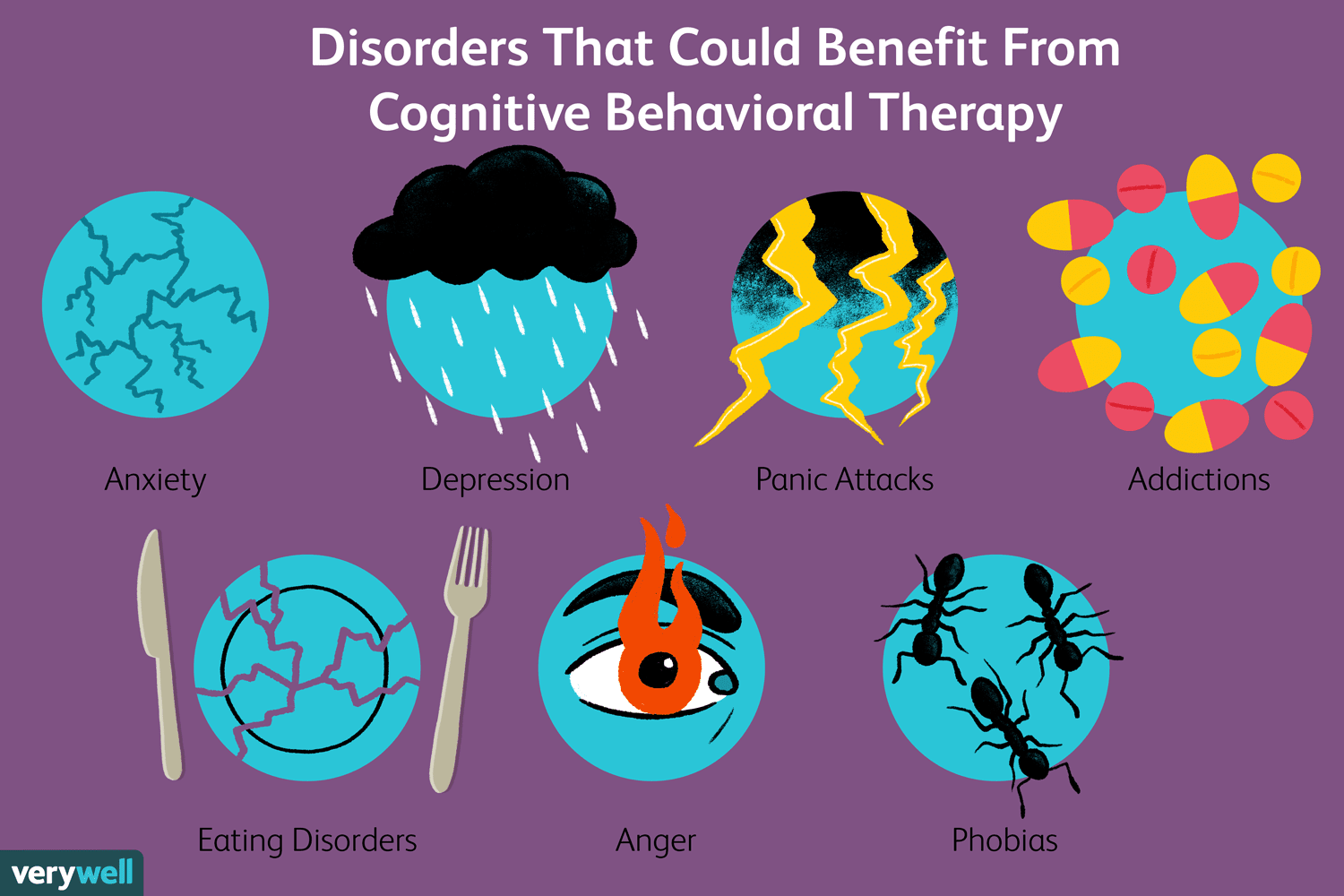CBT is a form of psychotherapy that focuses on the ‘here and now’. It involves the use of behavioural experiments to change core beliefs. The goals of CBT are to help individuals improve their lives and reduce their symptoms of mental illness and anxiety disorders. It has become an important treatment option for many people in the United States.
CBT is a form of psychotherapy
Cognitive behaviour therapy is a type of psychotherapy that focuses on changing a person’s thought processes to improve their quality of life. It was developed by a psychiatrist, Aaron Beck, in the 1960s after he became disillusioned with Freudian psychoanalysis. He also recognized that psychoanalysis often failed to help depressed patients, because their ingrained negative beliefs kept them from being able to overcome their conditions. In order to combat this, Beck developed Cognitive Behavior Therapy, which combines psychoanalysis and cognitive behavioral techniques.
During therapy, a therapist helps a person learn how to solve problems by helping them identify and analyze their thoughts and feelings. This helps them change the negative thoughts and behaviours that are contributing to their problems. The therapist also provides written materials that are meant to help the client understand the problem better. The more informed a person is about their problem, the more easily he or she will be able to dismiss irrational fears and eliminate negative feelings.
Cognitive behaviour therapy can be an effective form of therapy for individuals, couples and families. It can be used for a variety of problems and is a practical way to improve a person’s quality of life. The treatment can be tailored to an individual’s particular needs. Almost 75% of people who go through this form of therapy report significant benefits.
The goal of CBT is to teach patients how to be their own therapist by understanding how their own thoughts affect their feelings. They can then apply the techniques learned in therapy to make these thoughts less problematic. In many cases, CBT may be combined with another type of psychotherapy, such as interpersonal therapy.
It focuses on the ‘here and now’
Cognitive behavioural therapy (CBT) focuses on the ‘here and the now’ rather than ‘the past’. This reflects Beck’s cognitive model of mental illness, which states that people are influenced by the way they interpret and construe situations. This theory suggests that depressed patients have excessively negative interpretations of events.
In cognitive behavioural therapy, the therapist and the patient work together to understand and change how the person thinks, feels and behaves in the present. They look for solutions that will make their lives better in the present. This involves setting SMART goals for the patient and the therapist. These goals must be specific, measurable, achievable, and realistic. For example, a patient suffering from OCD may set a goal of reducing the amount of time he or she spends washing their hands.
It focuses on maladaptive core beliefs
Cognitive models of mood disorders posit that maladaptive core beliefs, play an important role in causing emotional disturbances. There is empirical evidence that these beliefs are often stable, but they can also vary in severity based on the severity of symptoms. This article examines the role of maladaptive beliefs in cognitive behaviour therapy for SAD.
These core beliefs can negatively impact the quality of life for the patient. Cognitive behaviour therapy begins by helping the patient identify these beliefs. During the therapy, patients are guided through functional analyses to understand how these thoughts contribute to their maladaptive behaviors. While this can be difficult, the process often leads to insight and self-discovery.
Cognitive-behavioral therapy is a psychosocial intervention approach that uses a model to change irrational thinking and behaviour. The therapist works with the patient to identify their core beliefs and provide them with tools to modify them. The key elements of CBT are collaborative empiricism and structured problem-oriented focus.
It uses behavioural experiments
A behavioural experiment is a form of therapy that is used to test beliefs and behaviours. These can be conducted during or between therapy sessions. The goal of behavioural experiments is to challenge problematic beliefs and help people develop new, more useful beliefs. The experiments work by helping people experience the new beliefs and behaviours so that they can assimilate them on an emotional level.
In cognitive therapy, behavioural experiments are used to help patients understand and challenge their beliefs. They are based on observation and experimentation and are performed by the patients in sessions with a therapist. The purpose of the experiment is to provide new information for the client, whether it is true or not. By conducting these experiments, therapists can help clients develop new and adaptive beliefs.
The preparation of BEs requires a long session, with a therapist defining expectations, outlining behaviors, and choosing an appropriate situation outside the therapy room. Typically, a BE will be conducted twice a week, and 2 sessions will typically last 50 minutes. In stage two, the therapists will use verbal cognitive restructuring, guided discovery, and standard CT discussion techniques to prepare for the BEs. The duration of each session will depend on the focus of the session.
Clients will be more likely to perform an experiment if they think the outcomes are realistic. Often, clients can come up with their own experiments, but they can also be guided by a CBT therapist. Be sure to discuss the results of the experiment and what they originally thought.
It involves a close professional relationship
Cognitive behaviour therapy is a short-term process in which a therapist provides tools to address a particular issue. Generally, it focuses on re-framing negative feelings, thoughts, and behaviour. The therapist and client will set specific goals, such as overcoming self-defeating thought patterns. Cognitive behavioral therapy may also include other techniques, such as meditation and mindfulness exercises Read more



